
Being a poetry anthology, The Adventures of Tom Bombadil has not received a direct adaptation in the same way as The Hobbit and LotR, so it is still relatively unknown. That said, Amazon Prime Video’s The Lord of the Rings: The Rings of Power TV show has adapted the LotR character Tom Bombadil and given him lines that appear in both LotR and the 1962 anthology. The Adventures of Tom Bombadil is illustrated by Tolkien’s friend, Pauline Baynes. While it may be a picture book, The Adventures of Tom Bombadil is full of moments adult enough to rival Morgoth’s Ring.
The Adventures Of Tom Bombadil Is Just As Tragic And Raw As The Lord Of The Rings
J.R.R. Tolkien’s 1962 Poetry Book Is For People Of All Ages
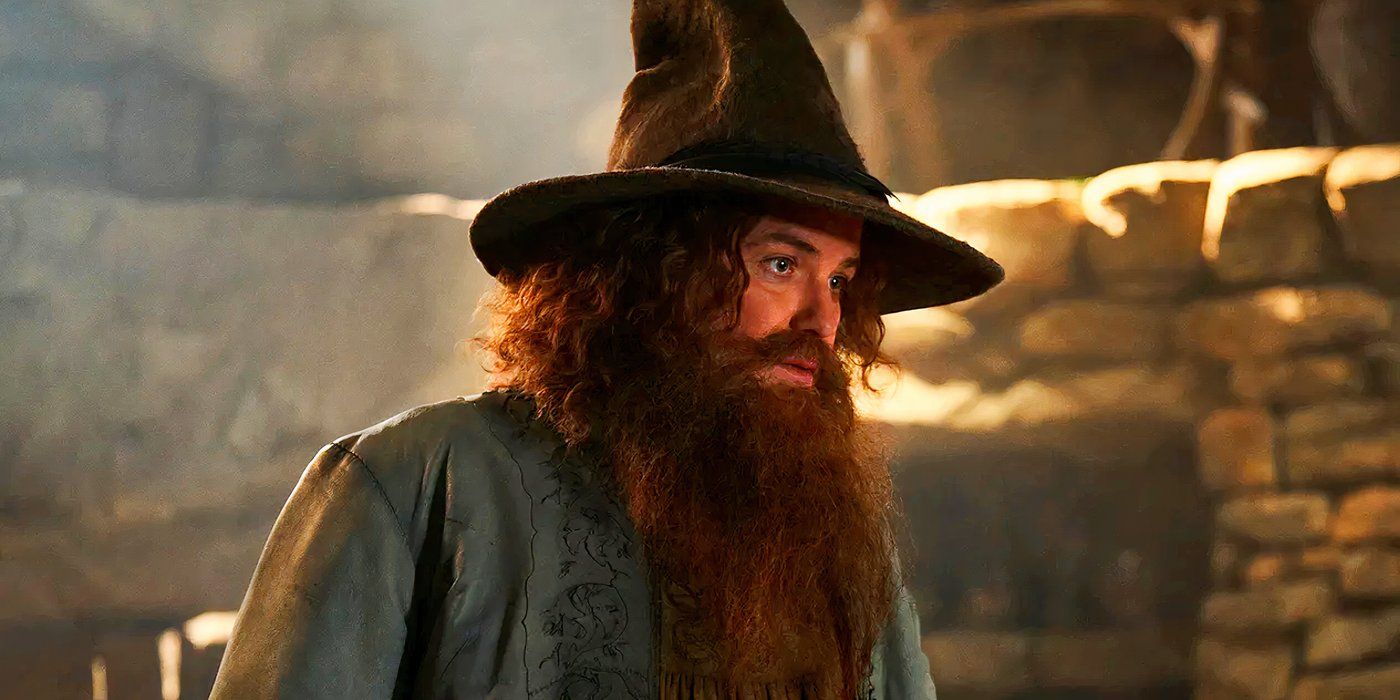

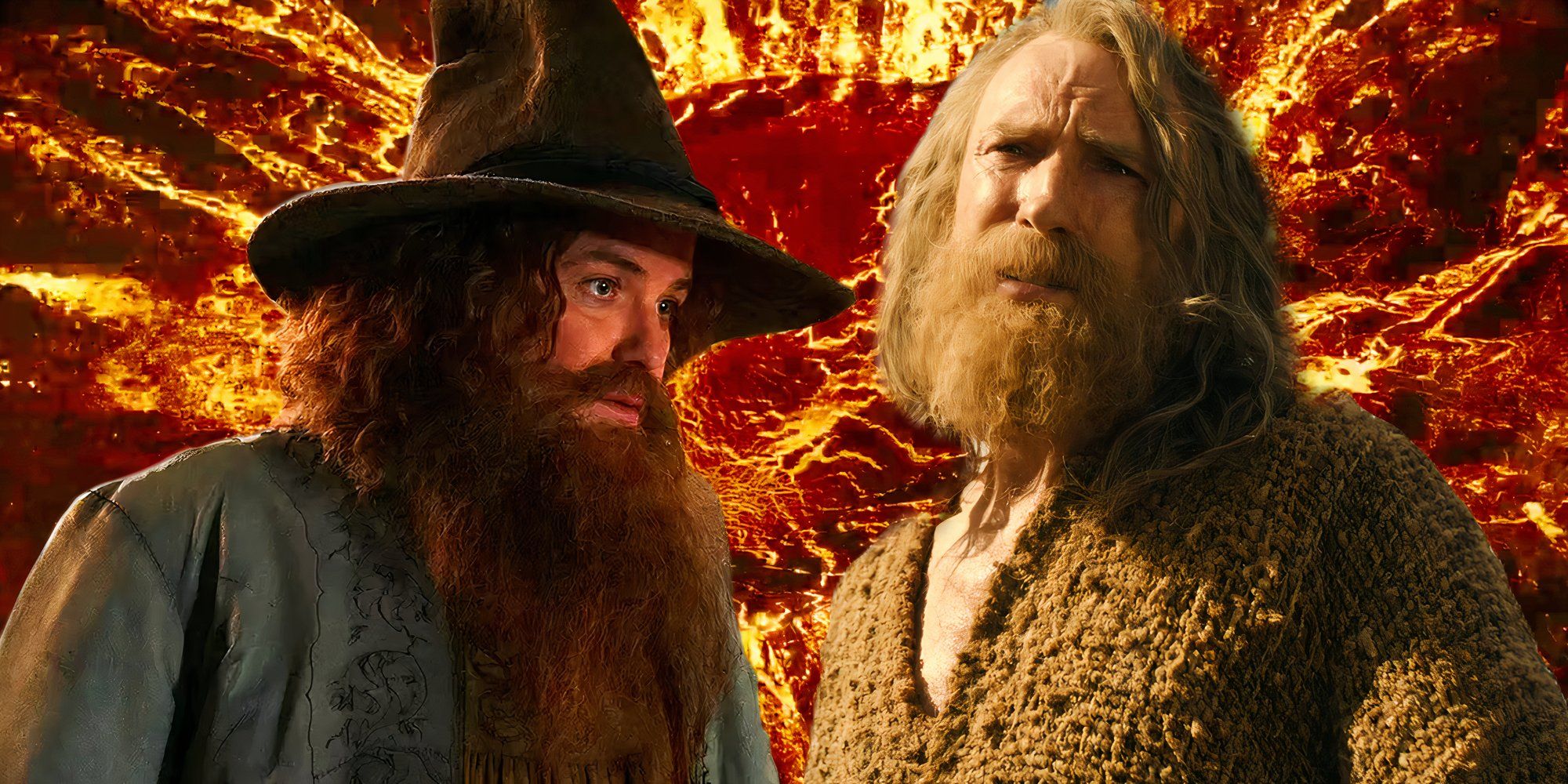
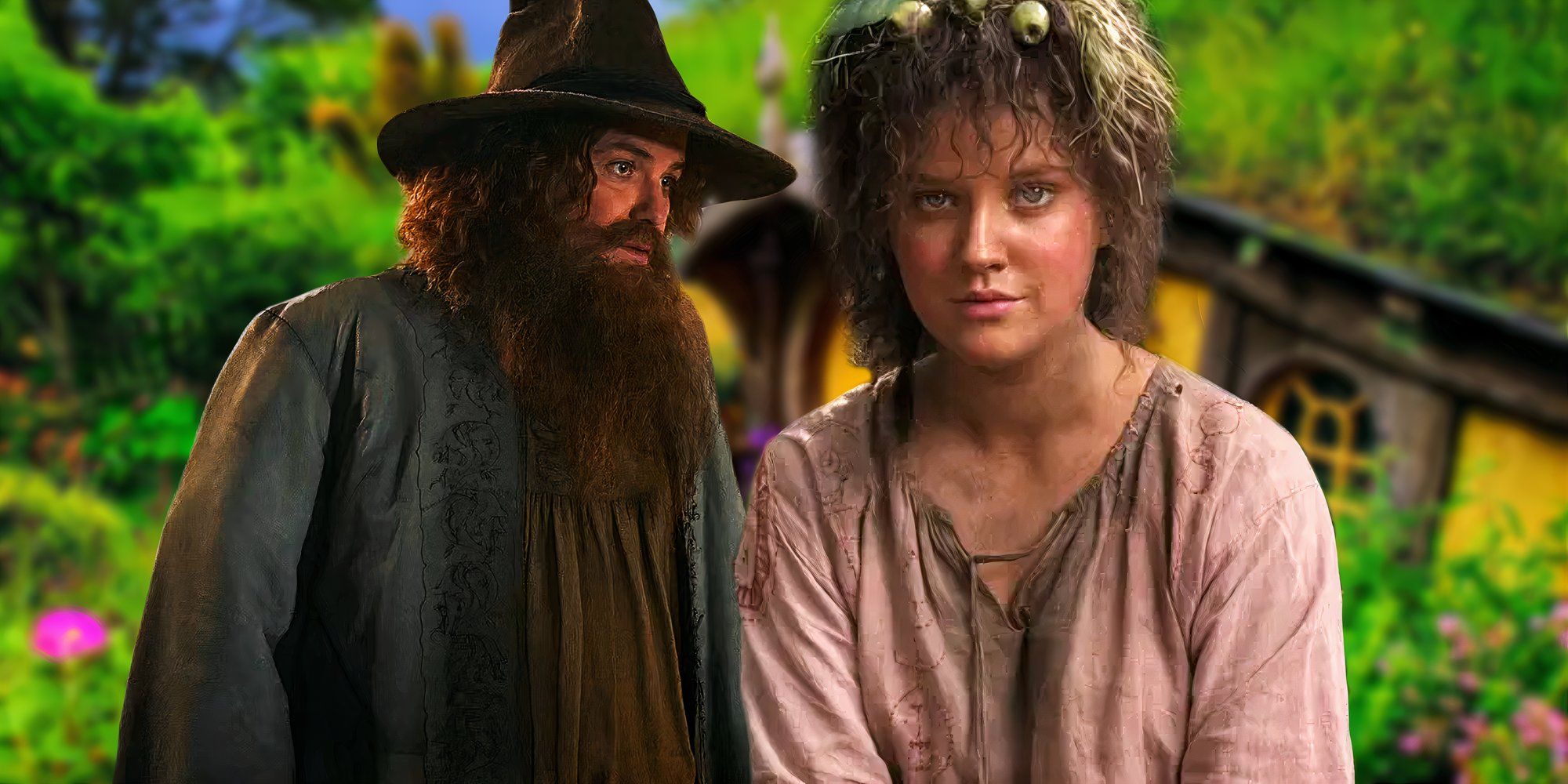
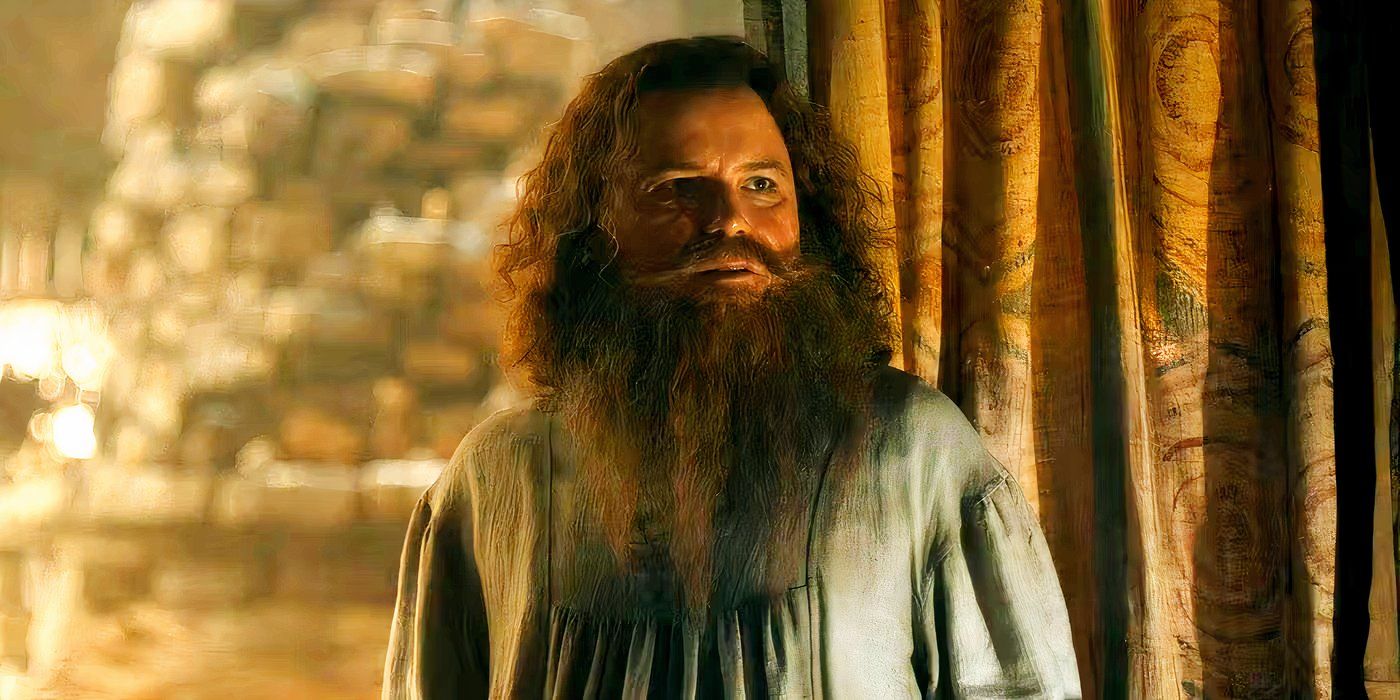





Baynes’ Tolkien-approved pictures illustrate fairy-tale poetry that speaks to both children and adults, in the tradition of ancient folklore. The poems are light-hearted with tragic moments, including the harrowing “The Sea-bell.” The speaker in this poem travels to a fairy island where he hears voices that are always just out of reach and never reply, and he comes home to find that no one talks to him any more than they did on the fairy island. This manic-depressive adventure makes more sense when understood as “Frodo’s Dreme.”
Germanic myths influenced the Brothers Grimm, who influenced Tolkien to weave fairy stories into The Lord of the Rings, which he discussed in “On Fairy Stories.”
Frodo was never the same after the War of the Ring, reflecting Tolkien’s own experiences of war. In-universe, the poem is a Hobbit creation with “Frodo’s Dreme” scrawled beside it, but it was developed from a poem originally titled “Looney.” It is probably the best poem in the book, but it may be telling that Tolkien once called it the worst (The Letters of J.R.R. Tolkien). Another rather earthy adventure follows Tom Bombadil and Goldberry all the way to bed after Tom “caught [Goldberry], held her fast,” saying “Never mind your mother in her… pool: there you’ll find no lover.”
The Adventures Of Tom Bombadil Sheds More Light On The Lord Of The Rings Than You Would Think
J.R.R. Tolkien’s Lord Of The Rings Poems Are Hobbit Lore
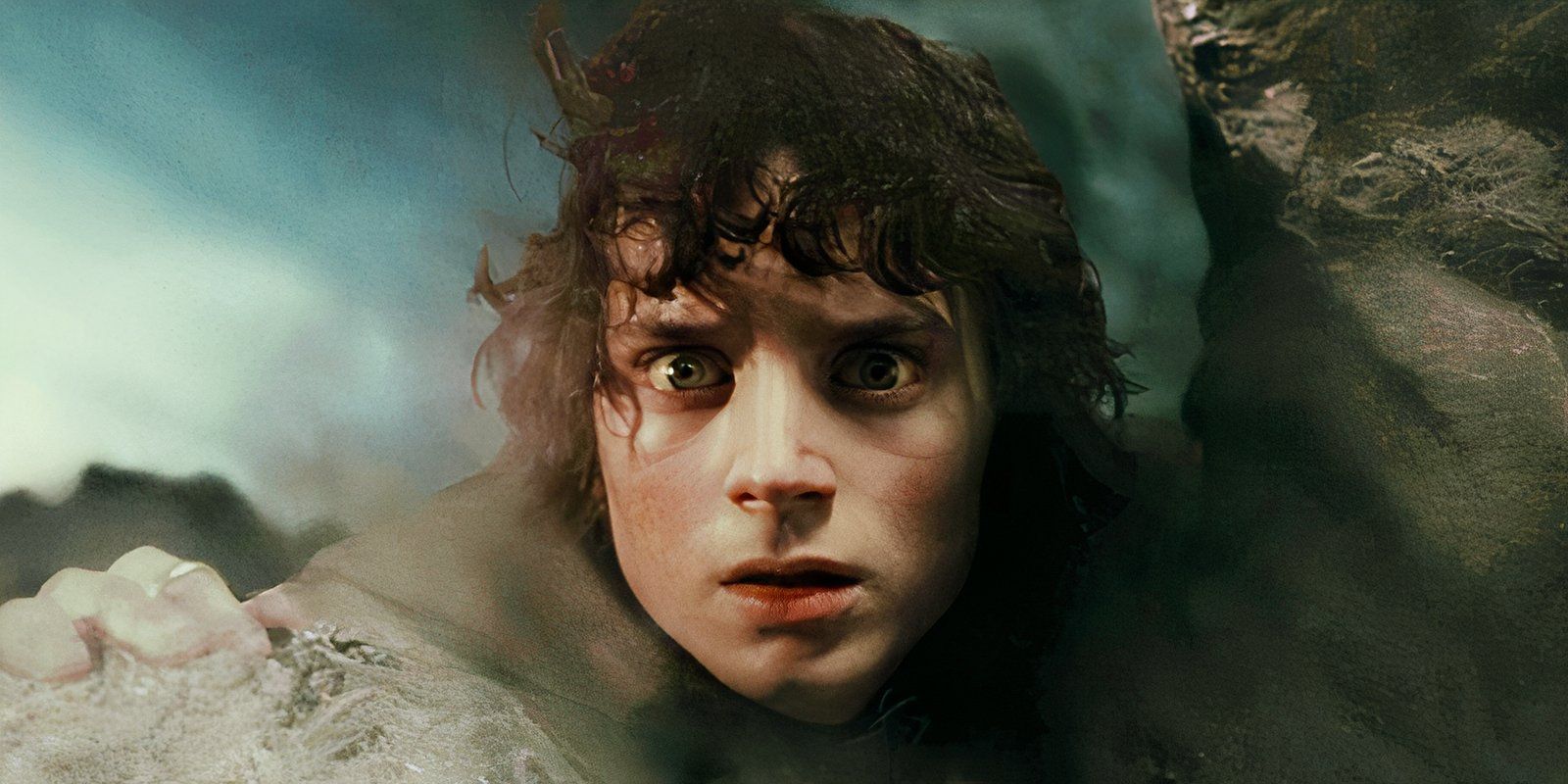
The Adventures of Tom Bombadil is all Hobbit lore, shedding light on Hobbit literary habits and legends. The vast majority of Tolkien’s legendarium was given an in-universe explanation for existing and being created, which certainly applies to The Adventures of Tom Bombadil. Later editions of the book clarified in a preface that the poems were a translation from the Red Book of Westmarch. Readers of The Lord of the Rings will be aware of this as the book begun by Bilbo Baggins and finished by Frodo Baggins, Samwise Gamgee, and other Hobbits down the line.
The last Lord of the Rings publication Tolkien worked toward was The Silmarillion, and he entrusted it to his son, Christopher, to finish editing and publish posthumously. Tolkien intended The Silmarillion to stand alone as the mythology of Middle-earth. Christopher published The Silmarillion but agonized over what to include, so after publishing it, he released a far wider portion of his father’s writing in the 12-volume The History of Middle-earth series. This series helps to explain the inconsistencies in The Silmarillion, provides a more complete picture of Middle-earth, and creates diverse opinions on what is canon and what is not.
There is frequent discussion of what constitutes canon in J.R.R. Tolkien’s The Lord of the Rings world, but one appeal of The Adventures of Tom Bombadil is that it is undeniably canon, whoever you ask. Written, edited, and published by Tolkien while alive, this poetry anthology is fully Tolkien-approved and is liberated by its format to tell symbolic stories with no details that contradict anything else in the legendarium. The abstraction of the book’s poetic format allows some of the most mature stories in the legendarium to blossom, revealing Hobbit life and more in The Lord of the Rings.




